Scars are a natural part of the healing process following an injury to the skin. They can result from acne, surgery, burns, cuts, or other skin traumas. Depending on the type and severity of the wound, scars can vary in shape, size, texture, and color. Some common types include hypertrophic scars, keloids, atrophic scars (such as acne scars), and contracture scars from burns. While all skin tones can develop scars, the healing process and resulting pigmentation can differ widely between individuals, especially those with deeper skin tones.
Topical Treatments for Diverse Skin Tones:
Topical treatments of Scar Removal in Dubai (إزالة الندبات في دبي) are often the first line of defense against scarring and are widely used across all skin types. Silicone gels and sheets are highly recommended for reducing the appearance of hypertrophic and keloid scars. For darker skin tones, ingredients like vitamin C, licorice extract, and azelaic acid are beneficial in treating post-inflammatory hyperpigmentation. Lighter skin tones might benefit more from ingredients such as retinoids and glycolic acid, which enhance cell turnover and improve texture. Consistent use of sun protection is crucial for all skin tones, as UV exposure can worsen pigmentation and delay healing.
Skin Tone and Scar Healing:
The Fitzpatrick Skin Type classification system helps categorize skin tones based on their response to UV exposure, ranging from Type I (very fair skin) to Type VI (very dark skin). Skin tone plays a significant role in scar formation and healing. Individuals with darker skin types (IV–VI) are more prone to hyperpigmentation, keloid formation, and uneven skin texture. On the other hand, lighter skin types (I–III) may be more susceptible to redness, hypopigmentation, or visible textural scars. Therefore, choosing the right scar removal treatment depends heavily on skin tone, as some procedures may trigger unwanted pigmentation changes or worsen the scar’s appearance.
Laser Treatments and Skin Tone Considerations:
Laser therapy is a popular option for scar reduction, but its effectiveness and safety can vary depending on the skin tone. Ablative lasers, such as CO2 and Er:YAG, can resurface the skin effectively but may carry a higher risk of pigmentation changes in darker skin types. Non-ablative lasers, like fractional lasers, offer a safer alternative for medium to deep skin tones by targeting underlying tissue without damaging the surface. Intense Pulsed Light (IPL) is often used for lighter skin tones to reduce redness and improve discoloration. However, careful customization of laser settings is essential to minimize complications like burns or discoloration in melanin-rich skin.
Microneedling and Chemical Peels:
Microneedling is a versatile treatment suitable for nearly all skin tones, especially when performed with precision and care. It involves the use of fine needles to create controlled micro-injuries in the skin, promoting collagen production and improving the appearance of atrophic scars. This method poses a minimal risk of post-inflammatory hyperpigmentation if performed correctly and with proper aftercare. Chemical peels, on the other hand, require careful selection. Light peels using ingredients like lactic acid or mandelic acid are generally safe for darker skin types, whereas deeper peels such as TCA peels are better suited for lighter tones to avoid pigmentation risks.
Dermal Fillers and Steroid Injections:
Scar Removal in Dubai (إزالة الندبات) that are sunken or pitted, such as those from acne, dermal fillers can offer temporary improvement by raising the depressed areas to match the surrounding skin. This treatment is effective across all skin tones, though results may vary depending on the depth and location of the scar. Steroid injections are another common option for treating raised scars like keloids and hypertrophic scars. These injections help flatten and soften the scar over time. However, in darker skin, steroid treatment should be approached cautiously, as it may cause skin thinning or pigment lightening around the treated area.
Tailoring Treatment Plans for Optimal Results:
Scar removal treatments are most successful when tailored to the individual’s specific skin tone and scar type. It’s important to understand the skin’s sensitivity, healing tendencies, and potential for pigment alteration before beginning any procedure. Gentle and gradual treatment approaches are generally safer for deeper skin tones to avoid triggering post-inflammatory hyperpigmentation or keloid formation. Light-skinned individuals may tolerate more aggressive treatments but still need to protect against issues like redness and sensitivity. Regardless of skin tone, patience, proper aftercare, and consistency are key to achieving smoother, more even-toned skin over time.
The Importance of Aftercare and Skin Maintenance:
Regardless of the treatment chosen, aftercare plays a critical role in determining the outcome of scar removal procedures. Consistent use of broad-spectrum sunscreen is essential to prevent further pigmentation changes, especially in darker skin tones that are more prone to developing dark spots following skin trauma. Moisturizing the treated area, avoiding picking or scratching, and following post-treatment instructions can minimize complications and promote healing. Additionally, individuals with medium to dark skin tones should be particularly vigilant about using soothing agents like aloe vera, niacinamide, or ceramides to reduce inflammation and avoid triggering hyperpigmentation.
Final Thoughts:
Scar removal is not a one-size-fits-all approach. The success of any treatment depends largely on understanding how different skin tones respond to injury, healing, and cosmetic interventions. Individuals with lighter skin may benefit from treatments focused on texture and redness reduction, while those with darker skin tones require careful planning to avoid pigmentation issues and excessive scarring.

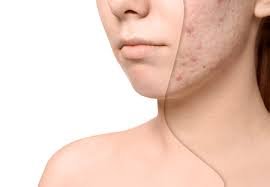
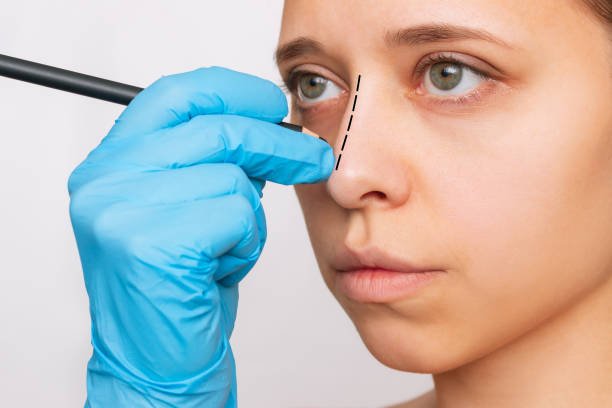
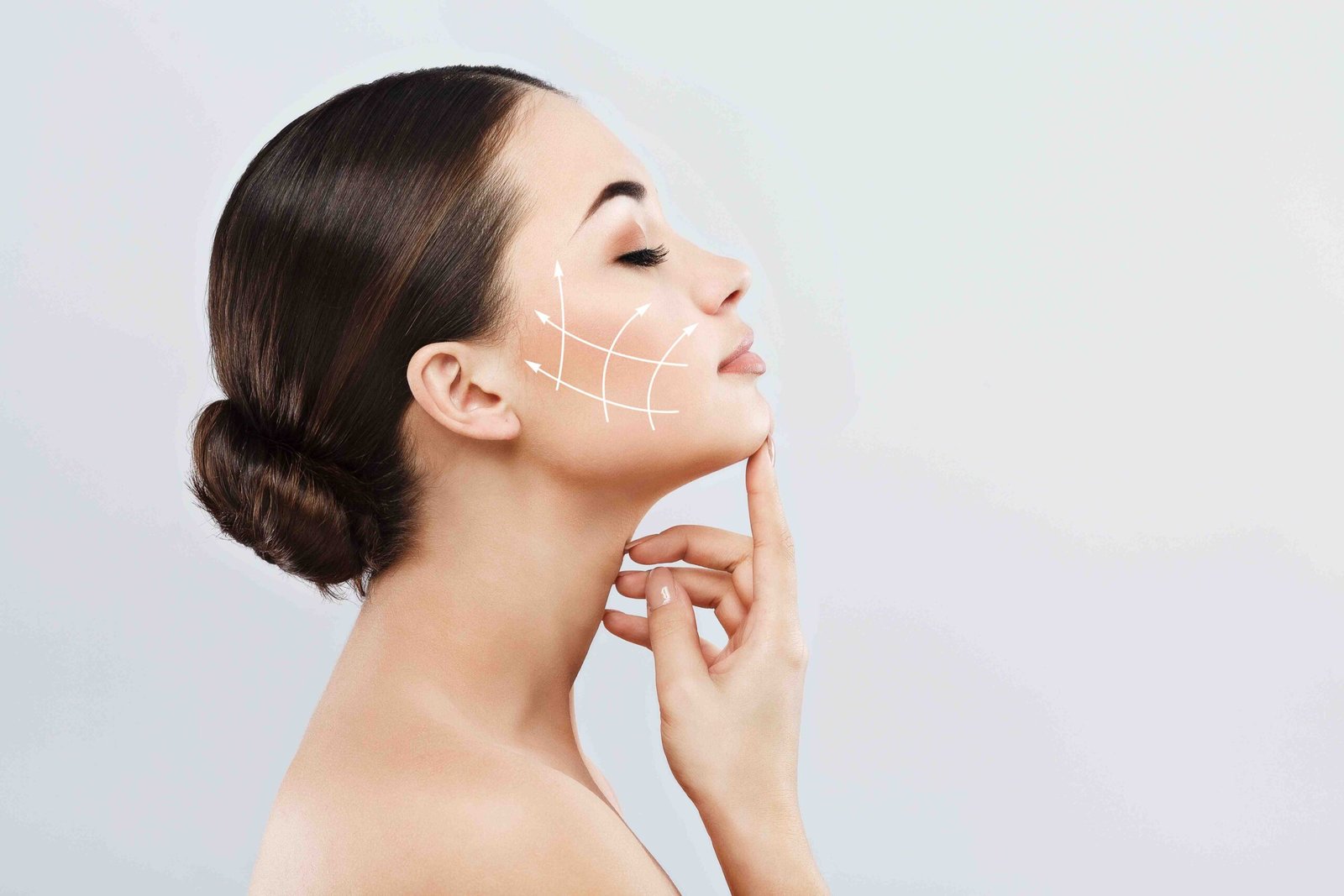


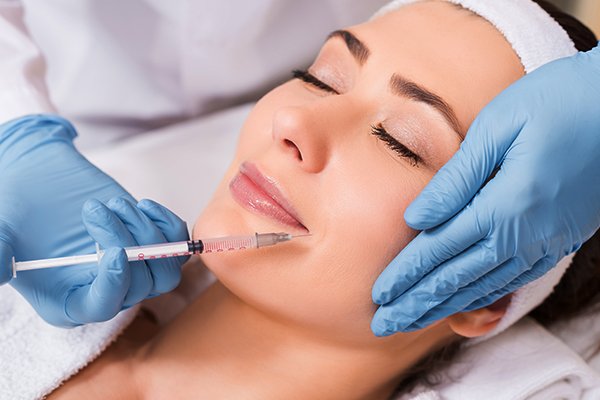


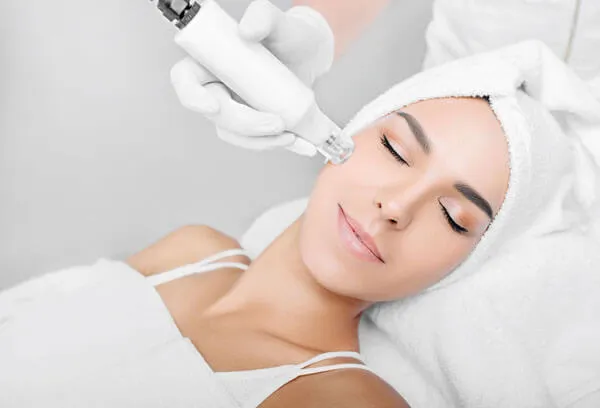
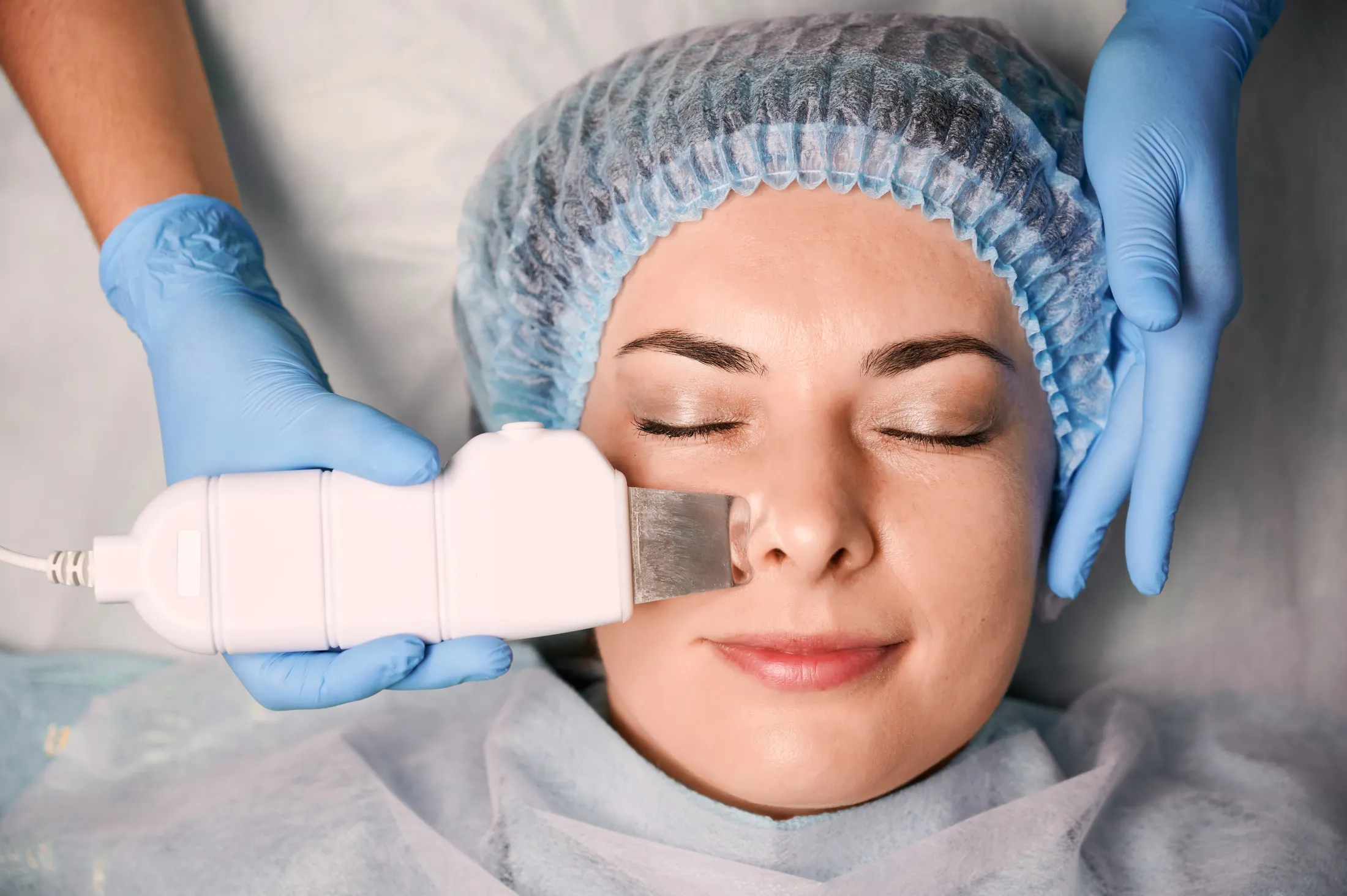
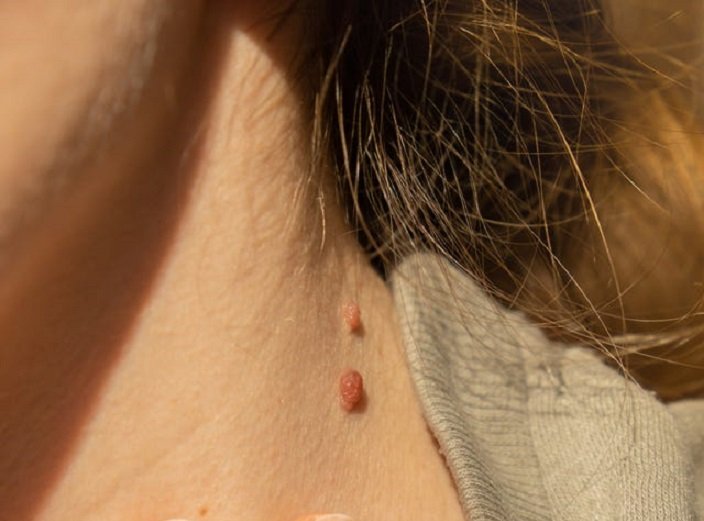




Leave a Reply